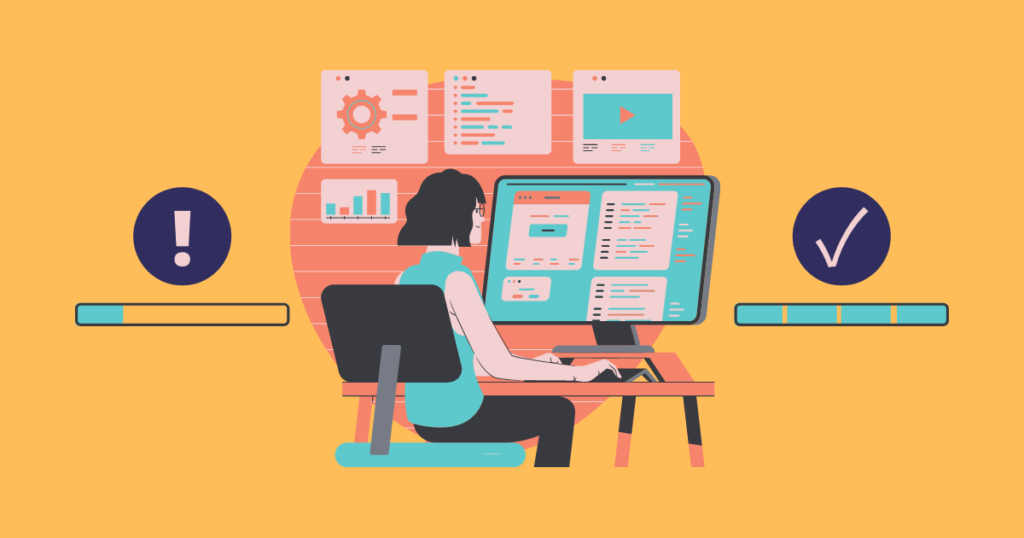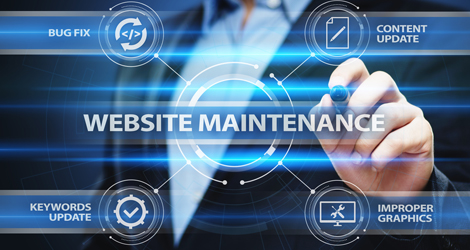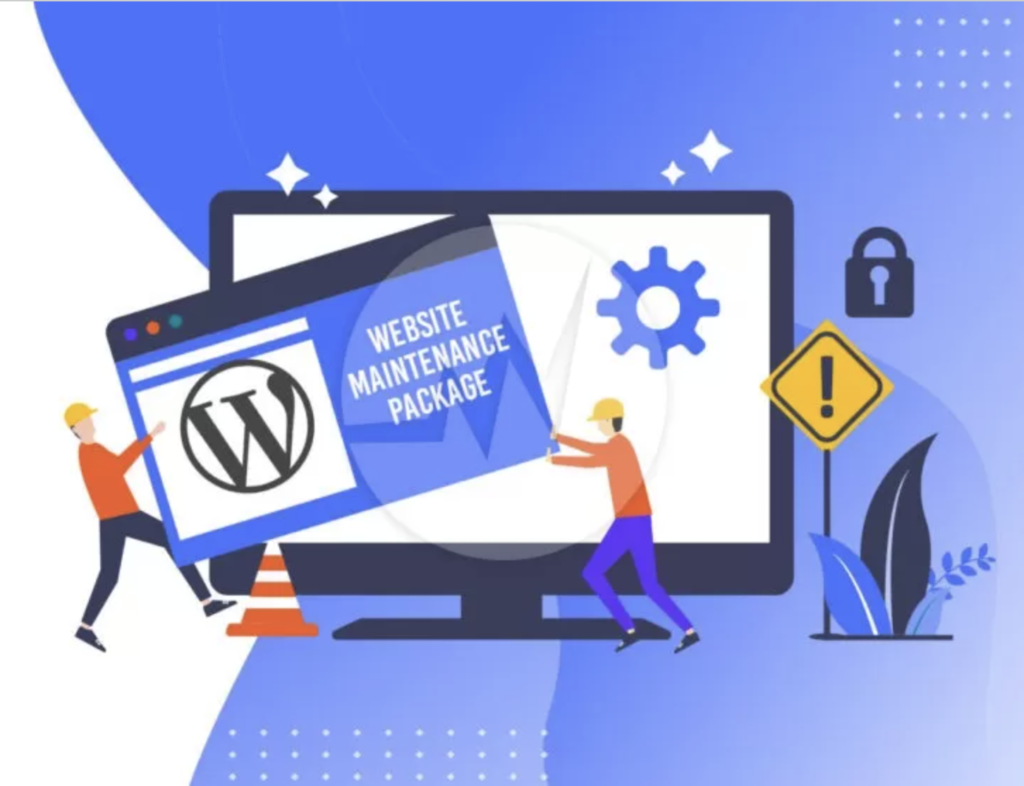
Regular maintenance and updates are essential for keeping your WordPress website secure, optimized, and functioning at its best. As the most popular content management system, WordPress requires ongoing attention to ensure its stability and protection against security threats. In this article, we will explore the importance of website maintenance and updates, discuss key areas to focus on, and provide valuable tips for effectively managing your WordPress website.
The Importance of Website Maintenance and Updates

Regular website maintenance and updates offer several benefits:
Security: Keeping your WordPress website up-to-date helps protect it against vulnerabilities and security breaches, ensuring the safety of your data and user information.
Performance: Regular updates optimize website performance by fixing bugs, enhancing speed, and improving overall user experience.
Compatibility: Updates ensure compatibility with the latest versions of plugins, themes, and other essential components, preventing compatibility issues and conflicts.
New Features and Functionality: Updates often introduce new features, enhancements, and improvements, allowing you to take advantage of the latest capabilities offered by WordPress and its ecosystem.
Key Areas of Website Maintenance and Updates

To effectively maintain your WordPress website, focus on the following areas:
WordPress Core: Keep the WordPress core up-to-date by regularly applying the latest updates released by the WordPress team.
Plugins: Update plugins to benefit from new features, bug fixes, security patches, and ensure compatibility with the WordPress version you’re running.
Themes: Keep your theme updated to access new features, improvements, and security enhancements provided by theme developers.
Security: Implement security measures like using strong passwords, enabling two-factor authentication, and using security plugins to protect your website from potential threats.
Backups: Regularly back up your website to safeguard your data in case of unforeseen events or emergencies.
Performance Optimization: Optimize your website’s performance by optimizing images, cleaning up unused plugins, and utilizing caching plugins.
Best Practices for Website Maintenance and Updates

Follow these best practices to effectively manage your WordPress website:
Schedule Regular Updates: Create a maintenance schedule to ensure timely updates and avoid falling behind on essential updates.
Test Updates in a Staging Environment: Before applying updates to your live website, test them in a staging environment to identify any issues or conflicts.
Create a Backup System: Set up a reliable backup system to regularly back up your website’s files and database.
Monitor Website Performance: Continuously monitor your website’s performance and address any issues or slowdowns promptly.
Delete Unused Plugins and Themes: Remove unused plugins and themes to reduce security risks and optimize your website’s performance.
Stay Informed: Keep yourself updated with the latest WordPress news, security alerts, and best practices to stay ahead of potential vulnerabilities.
In conclusion, regular website maintenance and updates are critical for the security, performance, and longevity of your WordPress website. By keeping your WordPress core, plugins, themes, and security measures up-to-date, you can ensure a secure and optimized online presence. Follow best practices such as scheduling regular updates, testing in a staging environment, implementing backups, and monitoring performance. WordPress empowers you to take control of your website’s maintenance and updates, keeping it safe, efficient, and equipped with the latest features. By prioritizing website maintenance and updates, you can provide your visitors with a seamless and secure user experience, enhancing your online presence and achieving your website’s goals.
Key Points Summary
- Regular website maintenance and updates are crucial for the security, performance, and functionality of a WordPress website.
- Maintenance and updates enhance security by protecting against vulnerabilities and security breaches.
- Updates optimize website performance, fix bugs, and introduce new features and improvements.
- Key areas to focus on for maintenance and updates include the WordPress core, plugins, themes, security measures, backups, and performance optimization.
- Best practices for effective maintenance include scheduling regular updates, testing in a staging environment, implementing backups, monitoring performance, and staying informed about WordPress news and best practices.
- WordPress empowers website owners to take control of their website’s maintenance and updates, ensuring a secure and efficient online presence.
Contact our Vietnam team to learn more about how we can help you optimize your website for SEO and achieve your online marketing goals.

Leave a Reply